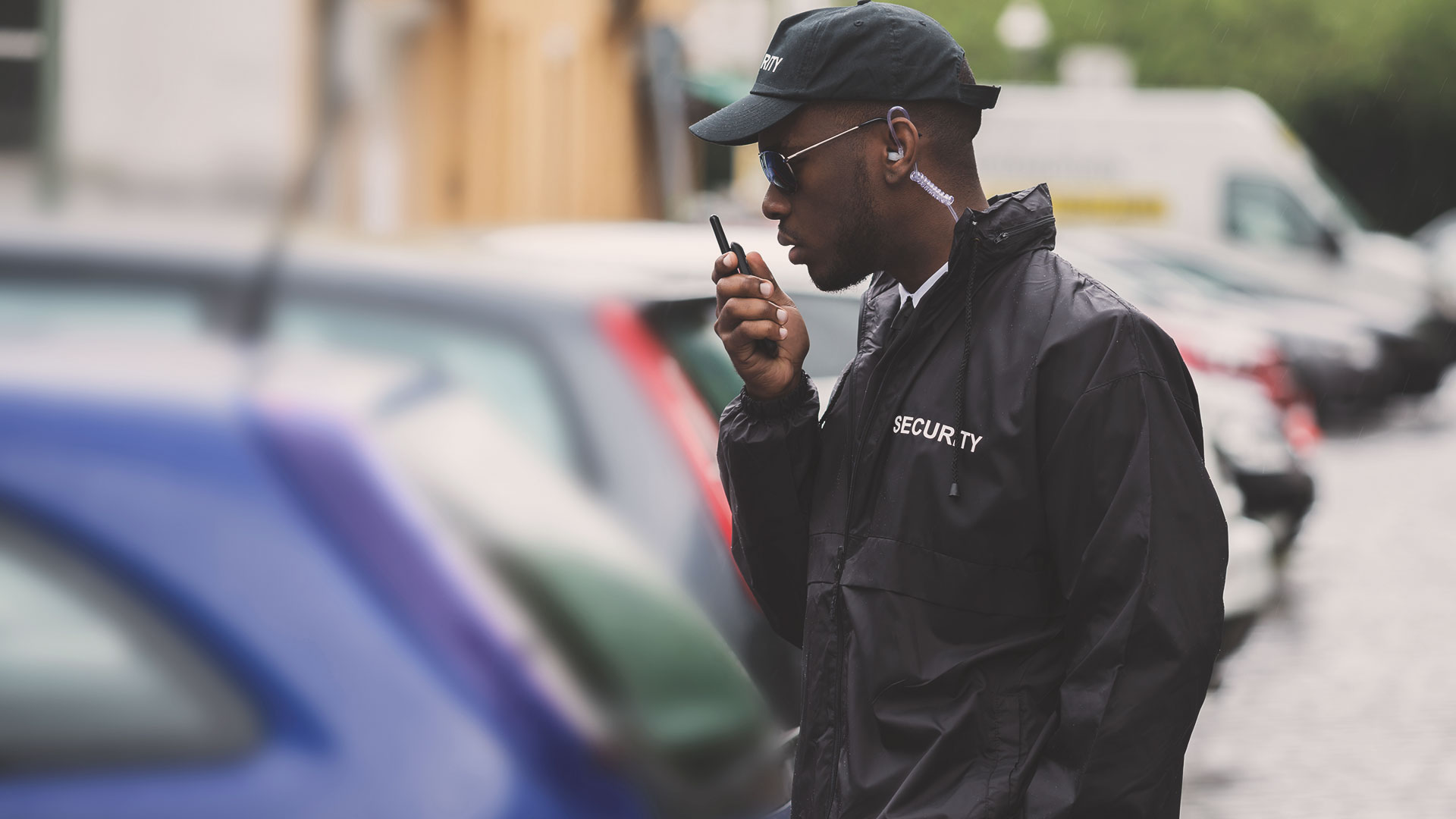Figures reveal that over the last few years the construction industry has contributed consistently to the growth of the British economy with last year’s statistics stating a precise 0.6% incline. The daily mail reported this to be the ‘biggest boom ever’ in the construction industry which they reflected was driven by the soaring temperature. Construction sites are notorious hot spots for theft and vandalism seen by thieves as gold mines of expensive equipment and creative youths as a blank canvas to make their mark upon. Such people take advantage of the vacancy of space found at construction sites when building staff are done for the day. Therefore, such sites need to be monitored to ensure the safety of the equipment on site as well as the peace of mind of those whose responsibility it is to maintain the security of the site. What is most at risk on a construction site? Plant, fuel and materials are the main assets that are at risk through theft, whilst vandalism, attacks on workers, arson and security breaches of temporary site buildings are also very real hazards. There are also risks in the form of access by protestors who may seek to achieve anything from publicity through to damage or destruction of the site. Construction site managers should work on four key objectives: Security Strategies for the Construction Site Deter Detect Delay Respond Manned guarding is still one of the most effective security measures, acting as a highly-visible deterrent to ensure the protection of your construction site and your personnel. At G3 Security Ltd, we can provide highly experienced manned construction guards with specialist skills including security mobile patrols, access and gatehouse security. Due to the hazardous nature of construction sites, we can also deliver first aid trained and health and safety trained officers to assist with any issues that may arise. Here at G3 Security Ltd we take the above responsibilities from site managers and make it our responsibility of ensuring that the site is safe and secure. Our security guards are responsible for enacting as a deterrent, detector and response officer. Our guards conduct patrols of the site throughout the night and to make sure that everything is in order. Our dedicated team will make it their sole responsibility to ensure your site, property and equipment are protected, ensuring minimum disruption yet optimum protection to your site. Get in contact with us today to request a quotation and lay down the foundations for a hassle-free build. E-mail us on info@g3security.co.uk or call us on 020 3288 0000. E: info@g3security.co.uk W: www.g3security.co.uk Twitter: https://twitter.com/G3Security
- Home
- About Us
- About G3
- Mission, Vision & Values
- Security Company in Birmingham
- Corporate Social Responsibility
- Environmental Policy
- Health & Safety Policy
- Quality Policy
- Equality & Diversity Policy
- Workplace Pension Policy
- Workplace Drug & Alcohol Policy
- Anti-Modern Slavery Statement
- Lone Worker Policy
- Gallery
- FAQ
- Privacy Policy
- Leave Us a Feedback
- Services
- Careers
- Blog
- Contact Us

